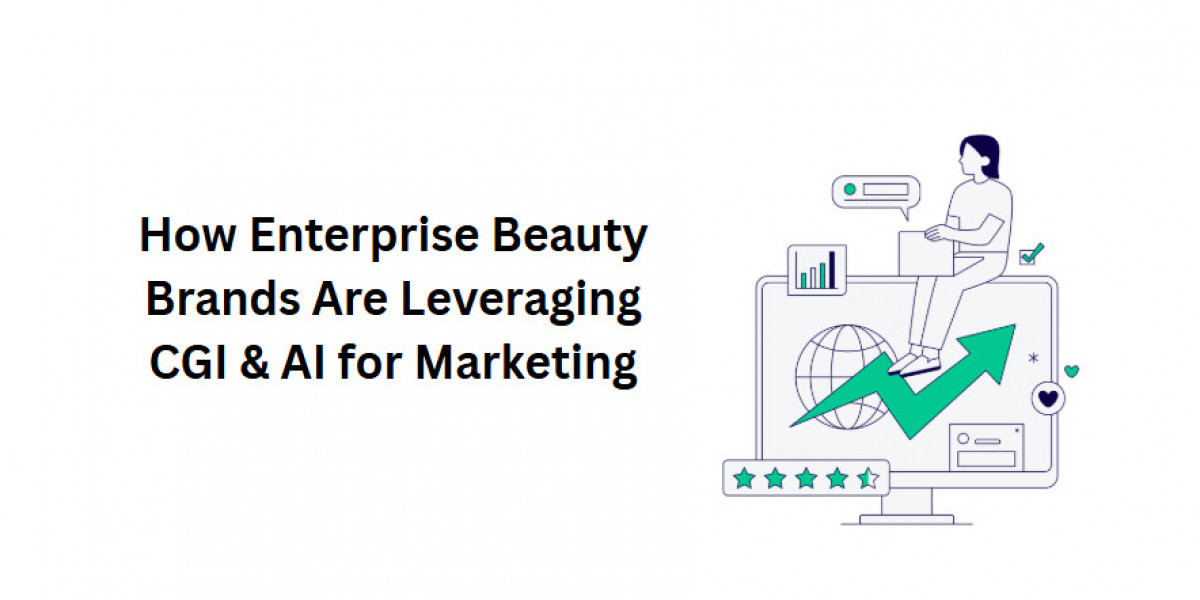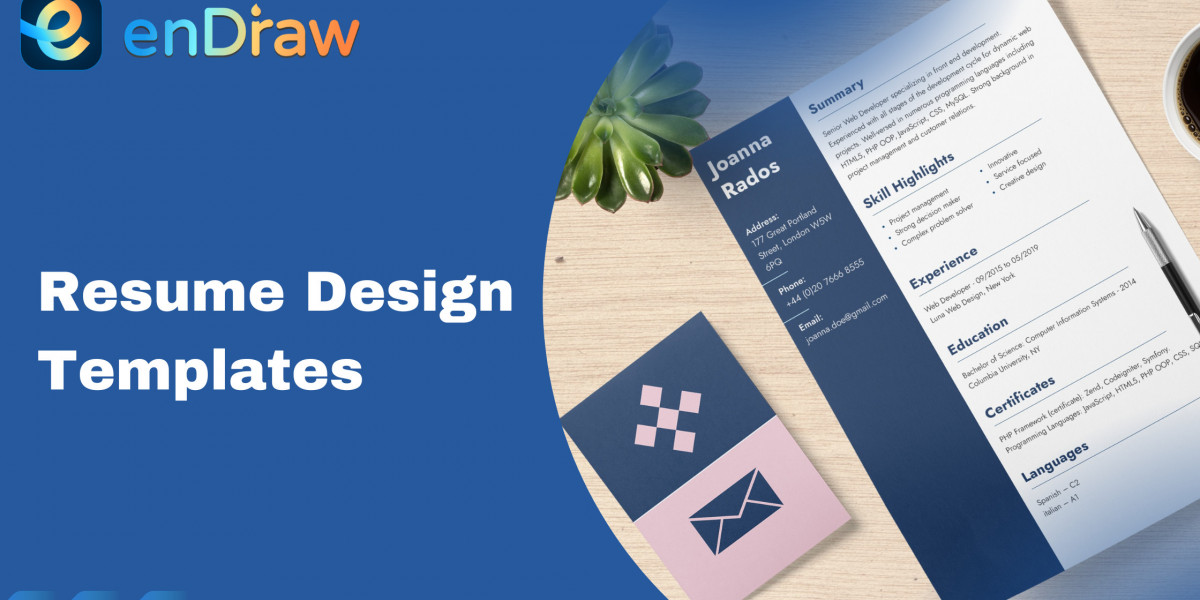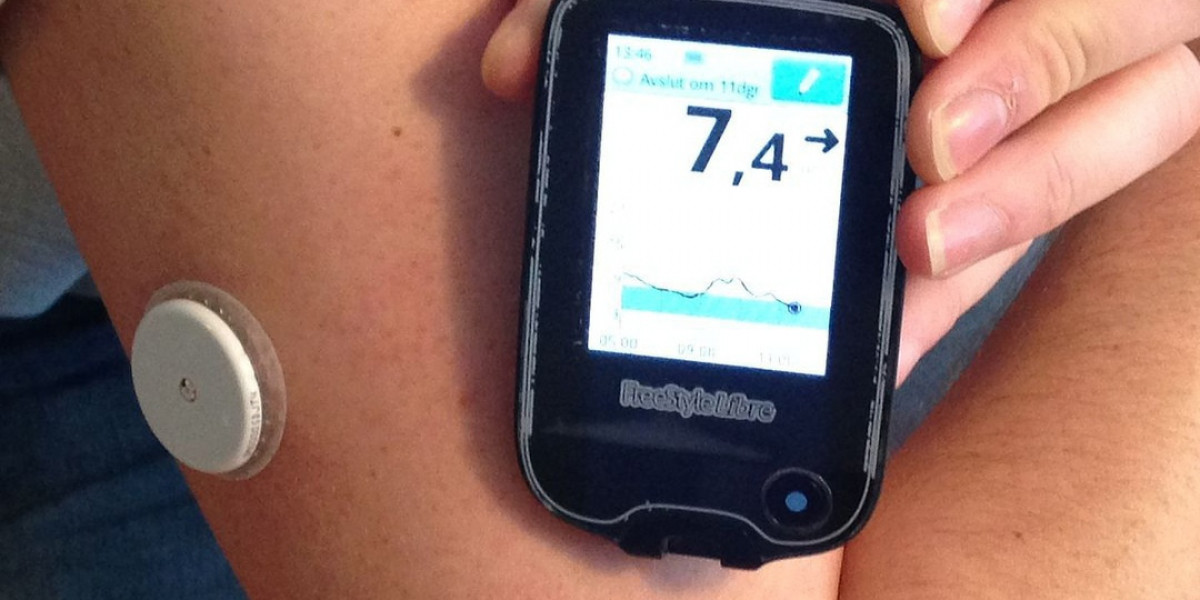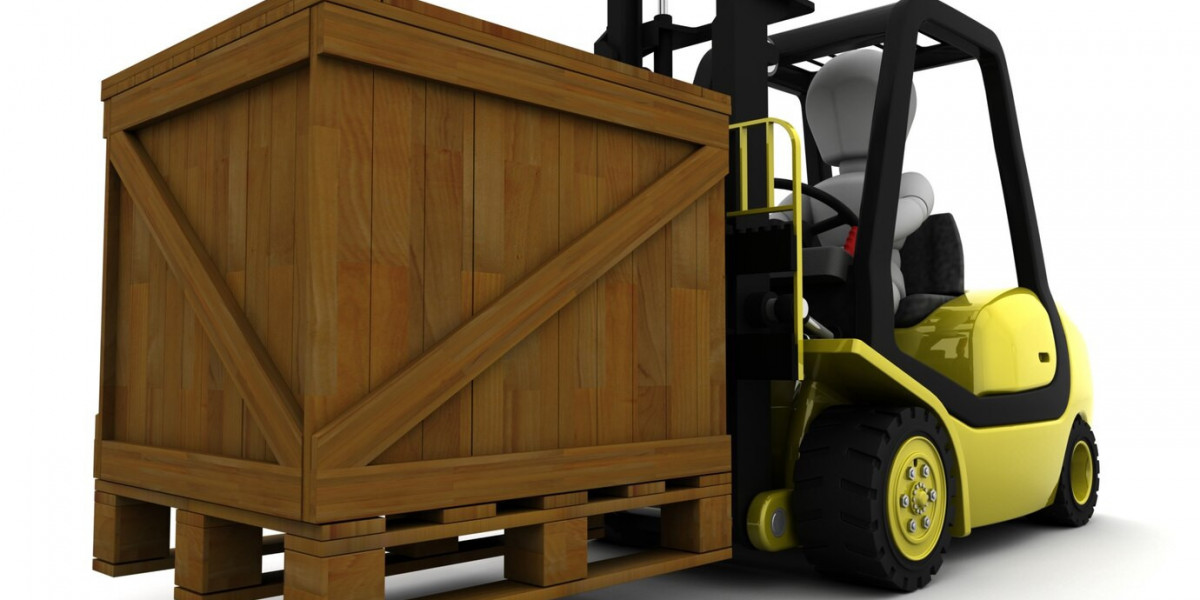In 2025, beauty is more than skin-deep—it’s algorithm-deep. With rapid shifts in consumer expectations, content formats, and buying behavior, enterprise beauty brands are no longer relying solely on photoshoots, in-store testers, or influencer campaigns. Instead, they are integrating CGI (Computer-Generated Imagery) and AI (Artificial Intelligence) directly into their marketing pipelines to cut production time, drive personalization, and boost performance across digital touchpoints.
This isn’t just an aesthetic upgrade—it’s an operational shift. The combination of AI and CGI is helping global beauty brands become faster, more precise, and more scalable.
Let’s break it down.
Why CGI & AI Are Taking Center Stage
Here’s what beauty marketing looks like in 2025:
Always-on visual content across 10+ platforms
Localized campaigns in multiple languages and skin tones
Virtual try-ons that feel real-time and personal
Faster campaign cycles driven by performance insights
Traditional content creation simply can’t keep up. That’s why CGI and AI are not just “innovative” anymore—they’re necessary infrastructure.
Use Case 1: CGI for Hyper-Real Product Visuals
Gone are the days of spending weeks on packaging renders or re-shooting minor label changes. Brands are now using CGI to create:
3D product visuals with photorealistic textures
Dynamic animations for textures (serums, powders, sprays)
Color-shifting packaging for different lighting and skin tones
Reusable creative assets that adapt to any channel format
Use Case 2: AI-Generated Models & Campaigns
Realism no longer requires a full crew. Beauty brands are using AI to generate:
Virtual brand ambassadors tailored by region or audience type
Synthetic models to test how a shade looks on different skin tones
AI-styled shoots that align with trending aesthetics
Visuals for SKUs not yet in physical production
This drastically cuts campaign development time and costs—without compromising visual quality.
Use Case 3: Personalization at Scale with AI
Beauty is personal—and enterprise brands are now scaling that intimacy using AI.
What’s working:
AI-based quizzes for customized routines (skincare, makeup, haircare)
Dynamic landing pages showing relevant offers and reviews
Chatbots that upsell based on tone, concern, and budget
AR tools that integrate with AI for better shade matching
Use Case 4: CGI + AI for Virtual Try-Ons
Virtual try-ons are no longer experimental—they’re expected. By combining CGI and AI, beauty brands now offer:
Real-time AR filters that reflect actual lighting, motion, and skin
AI-driven tone correction to ensure true-to-life color payoff
Multi-product try-ons (lip + blush + eyes) in one experience
Try-on to checkout flows integrated directly into e-commerce
It’s not just “see before you buy.” It’s “experience before you buy.”
Use Case 5: Rapid A/B Testing with Generative Creatives
CGI and AI in beauty marketing allow teams to create 10x more ad variants in the same time it once took to create one.
Headline and hook variations using Gen AI copy tools
Product angles, lighting, and backgrounds via CGI
Automated performance feedback loops that adjust creative in real time
How This Changes the Marketing Workflow
Before | Now (with CGI & AI) |
Manual photoshoots & edits | AI-generated models & CGI assets |
One-size-fits-all campaigns | Region-specific, hyper-targeted visuals |
Static product pages | Dynamic try-ons with AR/AI integrations |
Long lead times | Campaigns launched in days |
Human-only personalization | AI-led dynamic targeting and creatives |
Final Thoughts
This isn’t about replacing creativity—it’s about redefining speed and scale in beauty marketing. Enterprise beauty brands are now using CGI and AI to take back control: of timelines, of personalization, of performance.
With these tools, they’re building systems that don't just look good—they convert.
If your brand is looking to scale globally while staying hyperlocal and hyper-personal, CGI and AI aren’t “nice to have” anymore. They’re the core tech stack of beauty marketing in 2025.









